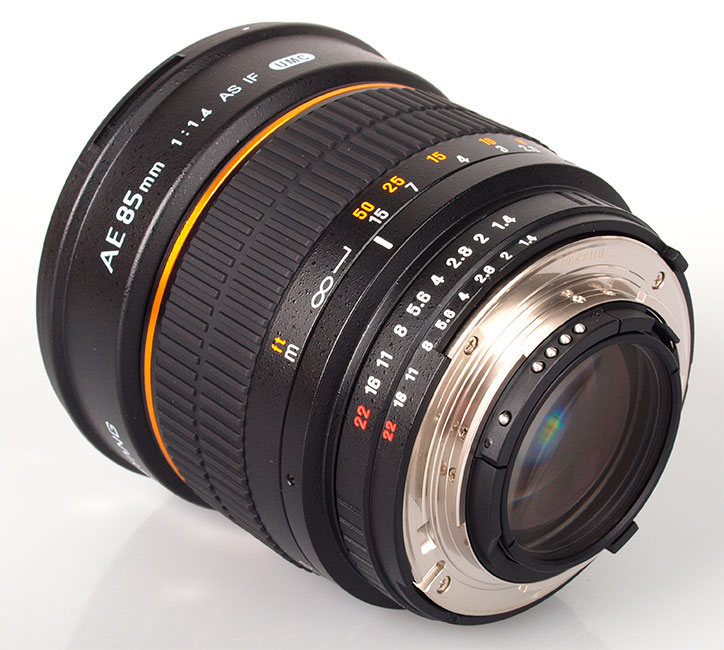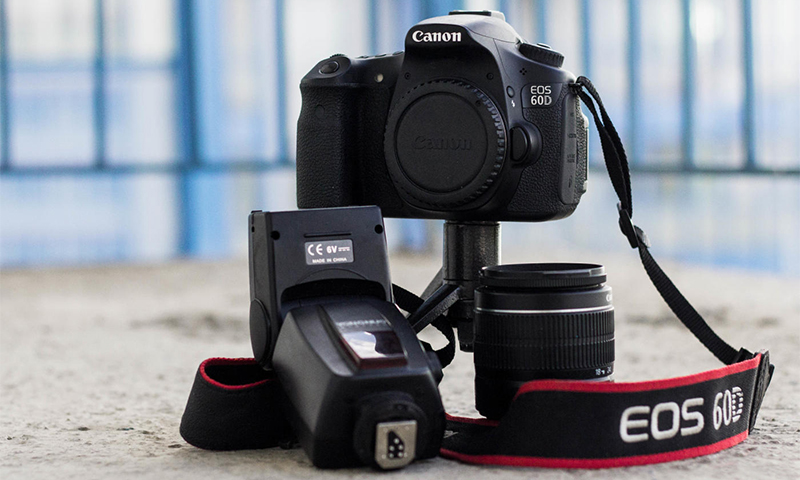You have an excellent opportunity to get acquainted with the rating of the best lenses for Canon cameras. This brand is the undisputed leader in the production of SLR cameras, due to the high quality and a large number of service centers. The company produces a huge set of lenses for professionals and amateurs, third-party manufacturers are also ready to help photographers take great pictures. We propose to study the rating created on the basis of real consumer feedback and make an unmistakable choice.

Content:
Which Canon Photo Lens Company to Choose
1. Canon
Worldwide, almost 200 thousand people work in this company, it was she who was the first to offer customers a digital SLR camera for less than $ 1,000. The task of two Japanese engineers who opened the optics laboratory in 1933 was simple. They decided to create a camera not inferior to the Leiki and Tseysam.
In the XXI century, this goal was fully achieved. Flagship models of the company are a model of scientific achievements, their technologies allow creating amazing photos.
2. Sigma
The Sigma Science Institute was founded in 1961. Japanese engineer Mitihiro Yamaki, the company's founder, built the first plant 9 years later. After 6 years, he opened the first overseas office. A relatively small company produces photographic equipment of various purposes. Photo flash, tripods, protective filters and many other products, however, special attention is paid to lenses.
Therefore, there is nothing surprising in the fact that Sigma products were included in the rating of the best lenses for Canon.
3. Samyang
Korean Samyang Optics Company Limited is the youngest manufacturer of photo accessories, it was formed in 1972. Specializing in photographic equipment, she was able to move the giants and take her place in the market thanks to her own developments. When designing photographic lenses for other company's bayonet, Samyang gave customers excellent technology.
Best Amateur Lenses for Canon Cameras
The main criterion by which you can distinguish amateur from professional equipment is price. But more affordable cost of goods does not mean a reduction in quality. Equipment for professionals can withstand severe loads, but the amateur photographer does not want to overpay for the metal case or bayonet.
Another difference is ergonomics. A professional makes several thousand frames per day, every second is important to him. And for slow shooting, models with manual focus, which give an excellent picture, are perfect.
Perfect porter Samyang 85mm f / 1.4 AS for slow shooting
Samyang products often lead the way in customer reviews due to the excellent image quality. Lens 85 / 1.4 will help to make a portrait, blur the background and perfectly cope with other tasks. The low price is due to the lack of autofocus motor, but the metal case and real glass lenses give a feeling of confidence and reliability.
The list of advantages of this lens is extensive:
- diaphragm 1.4 allows working in rooms with low illumination;
- possibility of use on full-format cameras;
- excellent color reproduction;
- high sharpness on the open aperture;
- There are no chromatic aberrations at f2 and higher;
- smooth bokeh.
The disadvantage is only one:
- manual focusing will be a problem for people with poor eyesight, the rest point out quick addiction to this feature.
For those who want to receive pictures of high artistic value, and at the same time not to make a hole in the family budget, the reviews call Samyang 85 \ 1.4 an excellent option.
The best lens for shooting landscapes Sigma AF 10-20mm f / 3.5 EX DC HSM
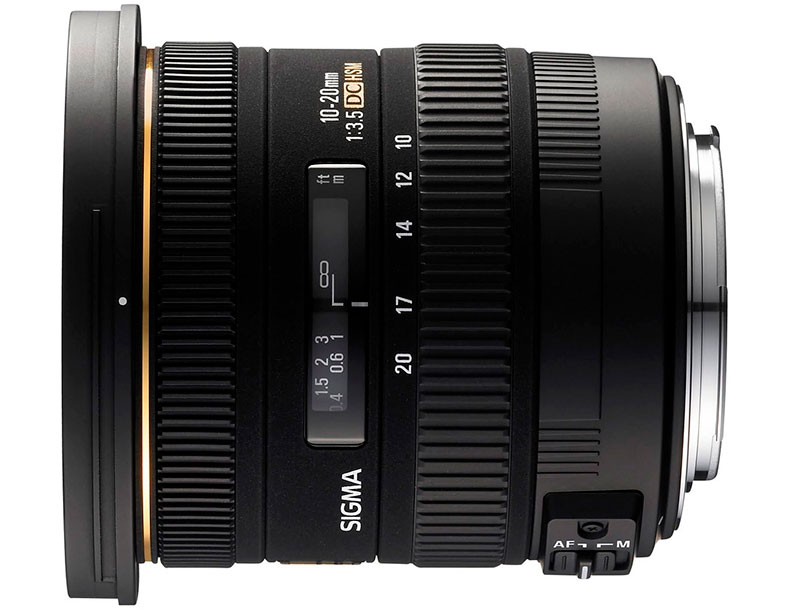
Special requirements are applied to the lens for shooting landscapes. It does not need a large aperture, because a good landscape requires a closed diaphragm and the use of a tripod. The obligatory requirement is a good sharpness and color rendition.
To make Sigma 10-20 the best landscape glass help:
- good autofocus, which allows you not to miss with focusing;
- double zoom, allowing you to select the desired plot;
- four aspherical and two low-dioptric lenses;
- maximum viewing angle of 83.4 degrees.
The complex optical design led to the fact that Sigma has several negative points:
- big weight;
- significant front lens radius;
- low luminosity;
- geometric distortion at the corners of the frame.
Judging by the reviews, buyers are willing to put up with these shortcomings. The relatively affordable price and good image quality are worth the extra effort to eliminate them in a graphic editor.
Best Affordable Canon EF 50mm f / 1.8
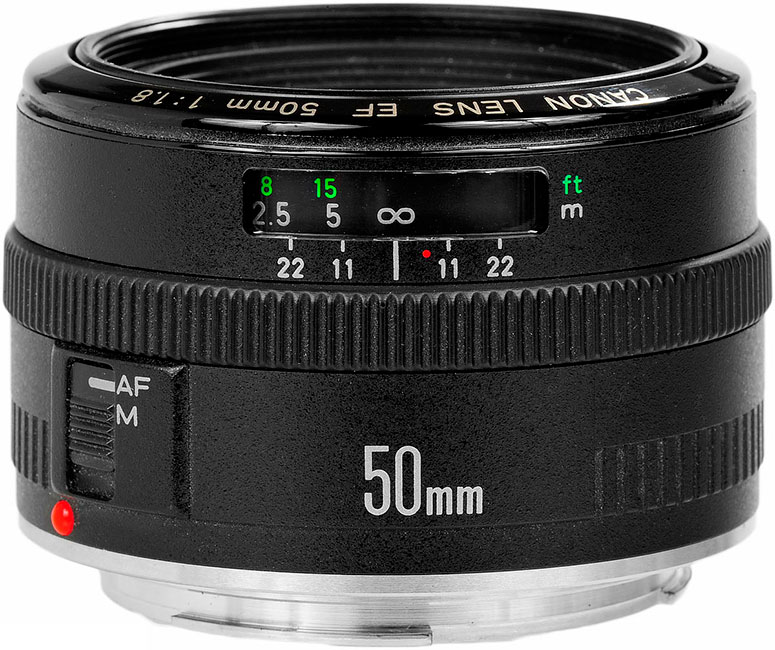
One of the most controversial lenses that Canon makes. It was he who allowed thousands of newcomers to evaluate the possibilities of high-aperture glasses. Although the manufacturer has saved on everything that is possible, he made one of the most popular photographic lenses.
Advantages of his rightly called:
- low weight;
- possibility to use with all Canon reflex cameras;
- luminosity;
- fast auto focus;
- switching to manual and automatic mode;
- excellent color reproduction and sharpness;
- Good blur background.
In inexpensive glass there are downsides:
- focus does not always hit the target;
- fragile plastic construction;
- Plastic lenses that are easy to scratch.
On the Internet, Canon 50 / 1.8 collected the maximum amount of reviews. Affordable price allows each amateur photographer to make excellent portraits and landscapes, blur the background and shoot with a lack of light.
The best lenses for professionals
Those who spend with the camera a significant part of their life, make high demands in technology. Reliability and speed of work in combination with the best ergonomics allow to work out at weddings, special events and in photo studios for many hours in a row, achieving excellent results.
The permanent leader of the professional rating of Canon EF 24-70mm f / 2.8L

If the letter “L” is engraved on the Canon lens, it means the company approached its manufacture with special attention. This is a technique for active use, with increased resolution.
A wide range of focal lengths of 24-70 makes it possible to solve most photo tasks, from shooting landscapes and genre reports to portrait shooting.
Reviews relate to the unconditional advantages of 24-70 the following points:
- reliability;
- weatherproof;
- stable photo quality;
- instant autofocus operation;
- no distortion and aberration;
- good color reproduction.
This mechanism, perfect in all respects, has only one drawback:
- a lot of weight that comes to 950
Judging by the reviews of those who use in the work of Canon 24-70, it fully fulfills every penny, its price is fully justified by the quality of the resulting image.
Best Canon EF 70-200mm f / 2.8L IS II USM Zoom Telephoto Lens
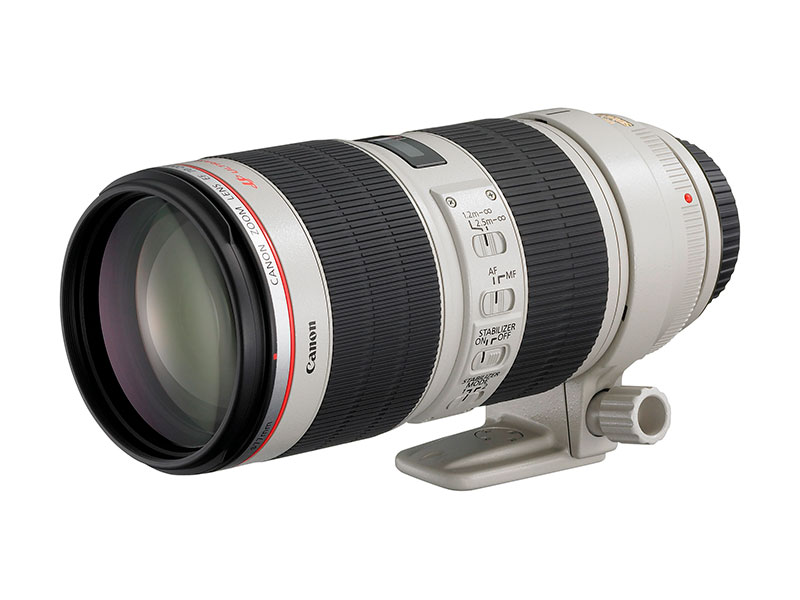
Often two lenses, 24-70 and 70-200 come in the same bundle. At events, the photographer uses two cameras at once, which allows covering the entire range of focal lengths. A telephoto lens, like its shorter “colleague,” makes it easy and easy to handle the most difficult tasks.
In this they help him:
- ultrasonic motor;
- tenacious accurate autofocus;
- modern stabilization system;
- constant aperture;
- metal waterproof case;
- five elements with low dispersion;
- sharpness with an open aperture;
- hood, wardrobe trunk and tripod foot included.
There are also negative aspects of all these advantages:
- great weight in 1450;
- There are several remarks about the noisy work of the stabilizer, but it is difficult to call them massive, and this is most likely a subjective opinion.
Pros refer to the Canon 70-200mm as superglass, giving an amazing image to the matrix.
Best Professional Portrait Canon EF 135mm f / 2L USM
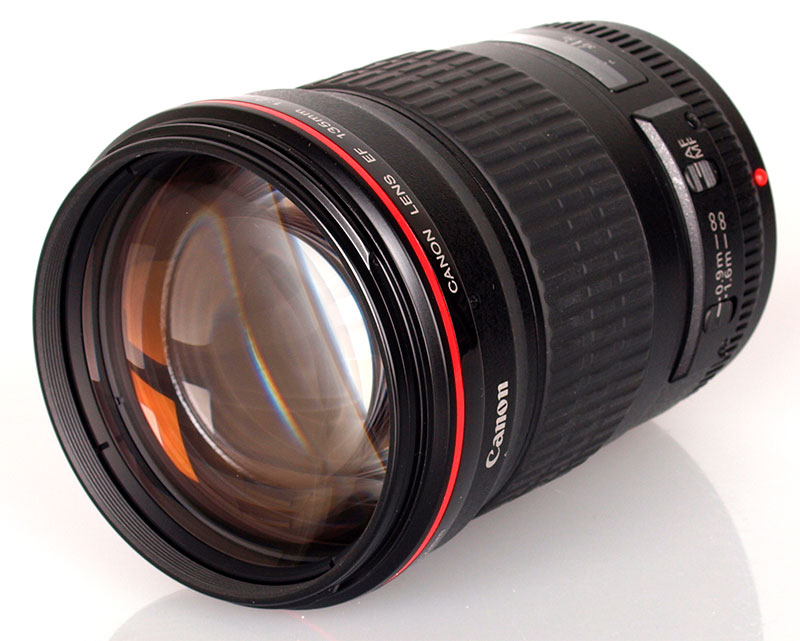
There are glasses that are designed to solve a narrow list of tasks. That is exactly what the Canon 135 mm applies to. They find it difficult to shoot a report, it is impossible to make a good landscape, but as a portrait glass he has no equal. Fixed lenses do not require as many elements as zooms, so that designers have the opportunity to reveal all the advantages of optics. It seems that there were no obstacles for photons of light between the subject and the camera matrix.
Among the advantages of portraiture noted:
- two low dispersion elements;
- seven-leaf rounded diaphragm;
- robust metal housing;
- razor sharpness;
- impeccable build quality;
- natural color rendering;
- reliable autofocus.
The price for perfection is:
- big weight;
- fixed focal length.
Reviews speak of the Canon 135 as a great portrait lens that can be used as an “average” telephoto with a unique pattern.
What lens for a Canon camera to buy
1. With slow shots, great shots can be obtained with the Samyang 85mm f / 1.4.
2. A beautiful landscape and street session will help make the inexpensive Sigma AF 10-20mm f / 3.5.
3. Canon EF 50mm will be a good first aperture lens.
4. Professional glass Canon EF 24-70 L will be indispensable for reporting and dynamic scenes.
5. Canon EF 70-200mm f / 2.8L short tele-zoom will become a universal working tool for a professional photographer.
6. Frames made through the Canon EF 135mm f / 2L have artistic value even without processing in graphic editors.
It will be interesting to friends too

